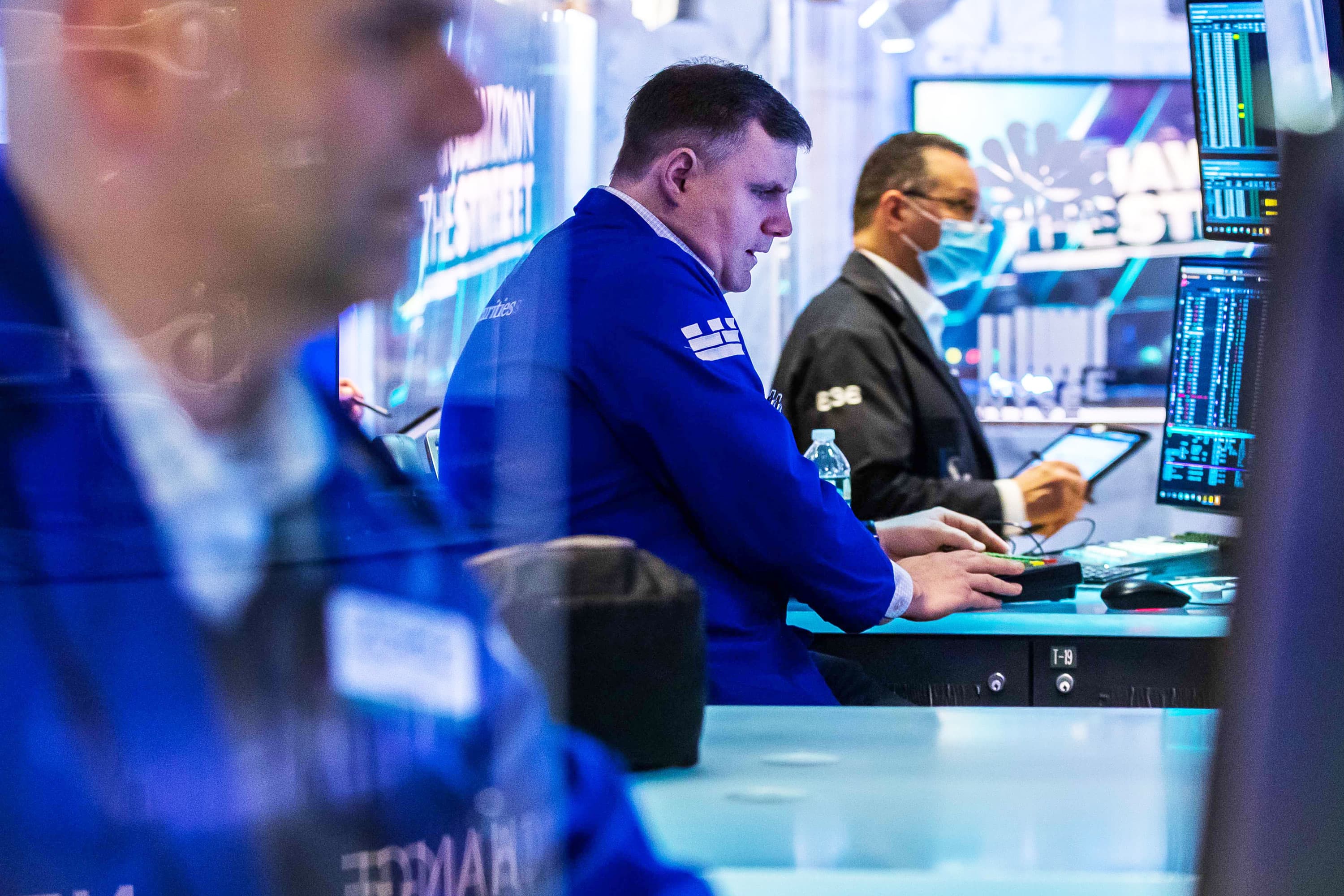
Stock futures rose slightly Tuesday morning following the S&P 500’s worst day since October 2020, as investors remained on edge about surging oil prices and slowing economic growth amid Russia’s invasion of Ukraine.
Futures on the Dow Jones Industrial Average climbed 210 points, or 0.6%. S&P 500 futures traded 0.7% higher and Nasdaq 100 futures rose 0.6%.
The overnight action came after a steep sell-off on Wall Street where the S&P 500 dropped nearly 3% for its biggest one-day decline in more than a year. The blue-chip Dow tumbled almost 800 points for its fifth negative session in six, while the Nasdaq Composite, which contains many of the market’s biggest tech names, slid 3.6%, falling into bear market territory, down 20% from its record high from November.
“Sentiment is palpably negative,” Adam Crisafulli, founder of Vital Knowledge, said in a note. “Any hope/optimism that may have exited seems to have completely evaporated from the market and there’s NO interest to buy dips.”
Oil prices spiked to start the week with U.S. crude hitting a 13-year high of $130. WTI futures eventually settled Monday’s session up 3.2% at $119.40, the highest settle since September 2008. The price rose another 3.1% Tuesday morning to $123.15.
The international benchmark, Brent crude, reached a high of $139.13 at one point overnight before settling at $123.21 per barrel, its highest since July 2008. Brent most recently was up 3.4% to $127.36.
Other commodity prices also resumed their push higher.
Futures for palladium, a key metal in the manufacture of electronics, jumped another 5% to $3.04 an ounce, while platinum futures rose nearly 3% to $1,149.70 an ounce.
Treasury yields also were sharply higher, with the benchmark 10-year note up close to 10 basis points to 1.85% as investors shed bonds as inflation fears escalate. Yields move opposite price.
Investors continued to monitor developments of escalated geopolitical tensions. Ukraine said Moscow is seeking to manipulate its cease-fire arrangement by only allowing Ukrainian civilians to evacuate to Russia and Belarus.
Shell apologized for buying cheap Russian oil and said it was divesting itself of all hydrocarbon holdings in the country. Russia itself warned that crude prices could hit $300 a barrel should Western countries enact a ban on exports.
“There seems to be no evidence of improvements in Ukraine and the rhetoric out of DC continues to get more hawkish,” said Cliff Hodge, chief investment officer at Cornerstone Wealth. “While it’s impossible to know where the ultimate bottom may be, from a risk-reward standpoint, the market looks very reasonable.”




